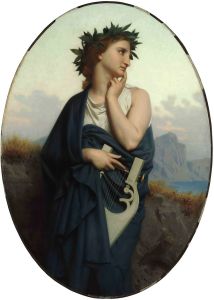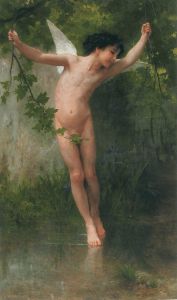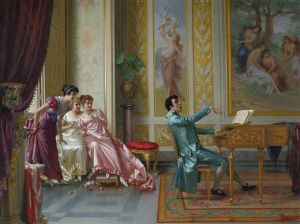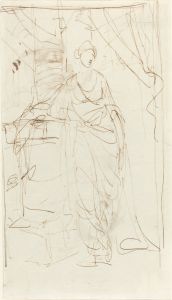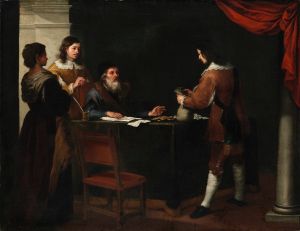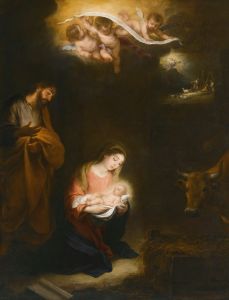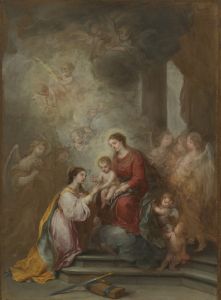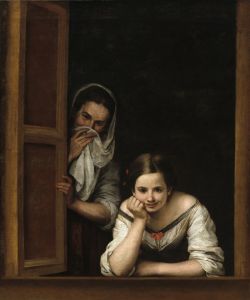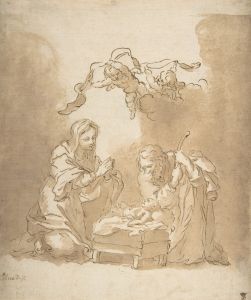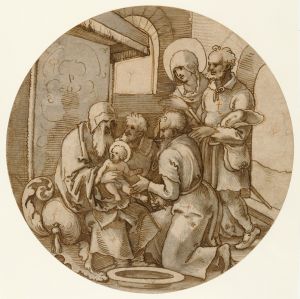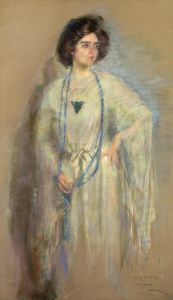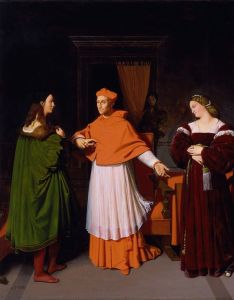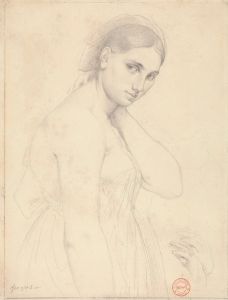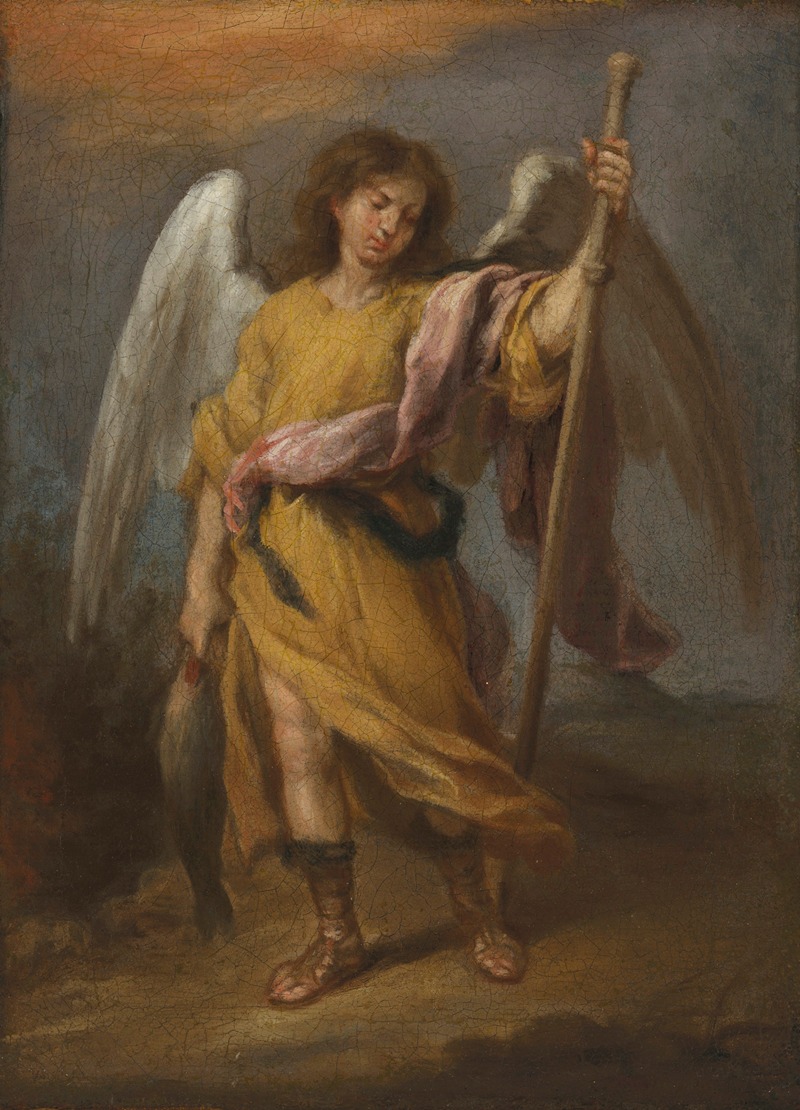
Archangel Raphael
A hand-painted replica of Bartolomé Estebán Murillo’s masterpiece Archangel Raphael, meticulously crafted by professional artists to capture the true essence of the original. Each piece is created with museum-quality canvas and rare mineral pigments, carefully painted by experienced artists with delicate brushstrokes and rich, layered colors to perfectly recreate the texture of the original artwork. Unlike machine-printed reproductions, this hand-painted version brings the painting to life, infused with the artist’s emotions and skill in every stroke. Whether for personal collection or home decoration, it instantly elevates the artistic atmosphere of any space.
Bartolomé Esteban Murillo, a prominent Spanish Baroque painter, is renowned for his religious works, among which "Archangel Raphael" stands out as a significant piece. Murillo was born in Seville in 1617 and became one of the most important painters of his time, known for his soft, warm, and realistic style that often depicted religious themes with a sense of humanity and tenderness.
"Archangel Raphael" is one of Murillo's many religious paintings, reflecting his deep engagement with spiritual subjects. Raphael, one of the seven archangels in Christian theology, is often associated with healing and guidance. In the Catholic tradition, Raphael is considered the patron saint of travelers, the blind, and those in need of healing. Murillo's depiction of Raphael captures these attributes, emphasizing the angel's role as a divine guide and protector.
The painting is characterized by Murillo's signature use of light and color, which imbues the figure of Raphael with a sense of divine presence. The archangel is typically portrayed with youthful features, exuding a serene and compassionate demeanor. Murillo's skillful use of chiaroscuro—a technique that contrasts light and dark—enhances the ethereal quality of the angel, making Raphael appear almost luminous against the darker background.
Murillo's "Archangel Raphael" is also notable for its composition and attention to detail. The artist's ability to convey texture and form is evident in the delicate rendering of the angel's wings and garments. The flowing robes and gentle expression of Raphael reflect Murillo's mastery in capturing the spiritual essence of his subjects, a quality that made his religious paintings particularly revered during his lifetime.
The painting is believed to have been created during the latter part of Murillo's career, a period when he produced some of his most acclaimed works. During this time, Murillo was deeply influenced by the Counter-Reformation, which emphasized the importance of religious art in inspiring faith and devotion. His works from this period often depict scenes from the lives of saints and angels, intended to evoke a sense of piety and reflection among viewers.
"Archangel Raphael" is housed in the Museo de Bellas Artes in Seville, Spain, where it remains an important part of the collection. The museum, which holds a significant number of Murillo's works, provides insight into the artist's development and his contribution to the Baroque movement in Spain. Murillo's influence extended beyond his lifetime, impacting subsequent generations of artists who admired his ability to blend realism with spiritual themes.
In summary, Bartolomé Esteban Murillo's "Archangel Raphael" exemplifies the artist's skill in portraying religious subjects with warmth and humanity. Through his use of light, color, and composition, Murillo captures the essence of the archangel as a symbol of divine guidance and healing, reflecting the spiritual fervor of the Baroque period. The painting continues to be celebrated for its artistic and historical significance, offering a glimpse into the rich religious and cultural heritage of 17th-century Spain.





